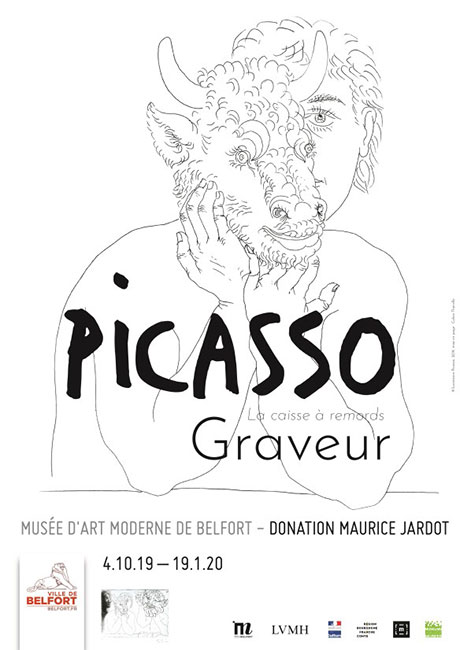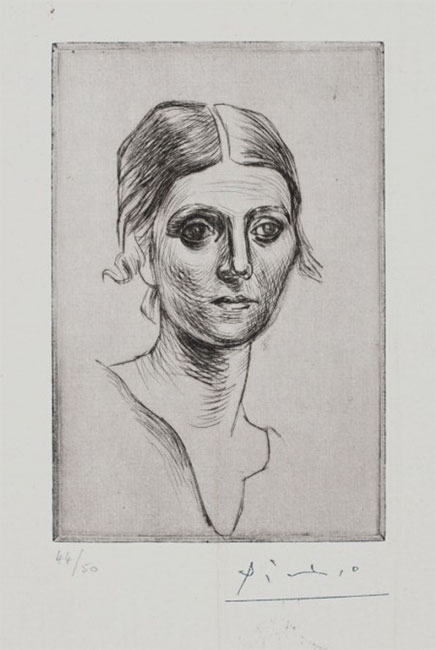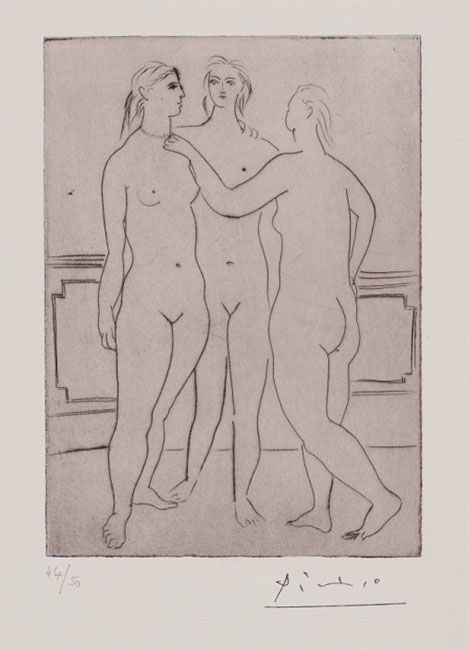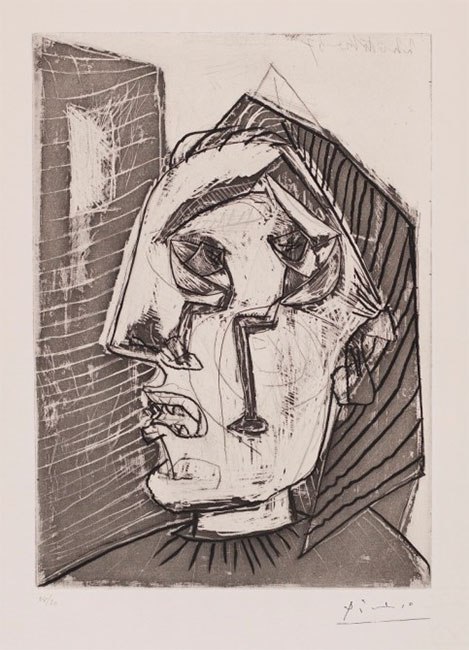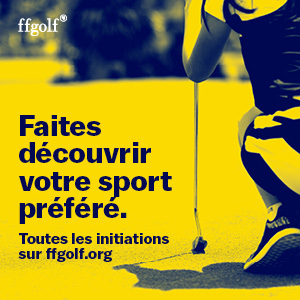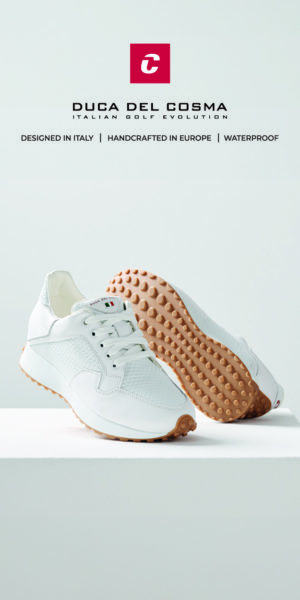Posted on October 9, 2019 in Arts & culture.
Exhibition "The remorse box, Picasso engraver"
The exhibition presents an exceptional donation, made to the City of Belfort, of 45 etchings and dry points making up "the remorse box", a series of brass engraved between 1919 and 1955, printed in 1960 and never signed by Picasso, who never had time to do so.
"Style is when you're dead," said Picasso to Malraux: this series thus underlines Picasso's ability to tirelessly renew a few themes throughout his life: the portrait, the couple, the games, the bacchanal. This series is compared, in this exhibition, to a set generously loaned by the Picassomuseum in Münster (Germany) composed of lithographs and linocuts, in order to present the immense diversity of the artist's engraved work.
An exceptional partnership
This exhibition is part of the celebration of the 20th anniversary of the opening of the Museum of Modern Art - Donation Maurice Jardot. It is also organized in the framework of an exceptional partnership with the Louis-Vuitton Foundation which borrows 32 works in order to honor Charlotte Perriand in an exhibition entitled "The new world of Charlotte Perriand" in Paris from October 2, 2019 to February 24, 2020. Within this project, Maurice Jardot's apartment will be reconstructed and particular light will be shed on the Belfort collection.
Why the "remorse box"?
When he moved to the villa La Californie in Cannes in 1955, Picasso had a large workshop where he could deploy all of his past and present work, to have a general view.
In the spring of 1960, Picasso examined copper plates which he had engraved more or less recently and which had not yet been drawn. In agreement with his dealer, Daniel-Henry Kahnweiler, the print had to be sixty proofs (fifty for the sale and ten artist's proofs). Some prints completed by Frélaut are signed in 1961.
More than two thousand sheets are brought to Picasso by Kahnweiler and his collaborator Maurice Jardot. In front of this mountain of paper, Picasso asks that we put it in a corner, preferring to work rather than devote himself to this tedious task.
When he died in 1973, he did not sign them. The name "remorse box" is linked to Picasso's negligence but especially to Kahnweiler's remorse for not having followed Frélaut's advice and for not having insisted that those due to him be signed.
The place of engraving at Picasso's
The history of the "remorse box" is significant for the way in which Picasso approaches the print and its distribution. He created nearly two thousand prints between 1899 and 1972, while being fascinated by the artisanal aspect of the printing processes: he indeed has a particular sense of materials and techniques, knowing how to tame them so that they serve his creation.
Most often, Picasso engraves out of a taste for experimentation and not for honoring an order. Despite the possibility offered by the print to widely reproduce his work, he is also not sensitive to this dissemination to a large audience. Picasso attaches more importance to graphic research than to the issues of printing, distribution and marketing of his prints.
The themes of the series
Sometimes described as a "great recapitulator" (Jean Clair), Picasso is marked by his look at the past and by his ability to transform what he knows and sees in the history of art. It is therefore not surprising to consider the “remorse box” series as a form of concretization of this return to the past and, in this case, its own past.
Among the recurring subjects in the artist's work, the "remorse box" is characterized by a large number of portraits or studies of faces (fifteen plates) and by several illustrations of family or couple scenes (seven boards). The beach scenes (eight boards), with its naked bathers, are emblematic of the 1920s, just like the bacchanalia (six boards) are characteristic of the freedom found after the Second World War.
"Engraving is the real voyeur"
The engraving allows a more intimate approach for Picasso. The different states, at each stage of execution, are indicative of its aesthetic, which is that of a process: "one can only really follow the creative act through the series of all variations", says- he in Brassai. Regarding his obsession with dating everything, Picasso explains that “it is not enough to know the works of an artist. You also have to know when he made them, why, how, under what circumstances ”. The possibility of making proofs, through the “states” of engraving, constitutes an advantage compared to painting.
More than painting or drawing, this medium allows him to express his unconscious or a deep himself.
"I do as we do for a tree: grafts"
If the “box of remorse” is composed almost exclusively of etchings on copper, Picasso is also able to approach all the techniques: “the noblest, the richest is the etching. , without a doubt. It was therefore necessary to enrich the lithography by means of the technique of etching. Engraving on wood or linoleum is the most traditional, the least refined. Picasso does not want to "make a work of art", he only feels the need to express the sorrows and joys of his life, using a technique specific to each moment.
Picasso invents a thousand ways to feel in the present moment: this active, conquering and inventive "availability" determines the artist's mode of creation.
Note the extreme variation in styles among Picasso's prints: "Style is when you're dead," he told Malraux. Out of the question of freezing life, we will therefore speak of Picasso's creative process as a talisman playing the role of opening up reality to another dimension.
A choice of prints from the Kunstmuseum Picasso in Münster allows a cross reading of the themes tackled by the artist, and underlines how much his engraved work constitutes like a diagram of his sensitivity. The themes of everyday life (still lifes), the surge of freedom (the bacchanalia), the faces of beloved women, artistic admiration: through a few examples, the spectator is witness to several moments in Picasso's life.
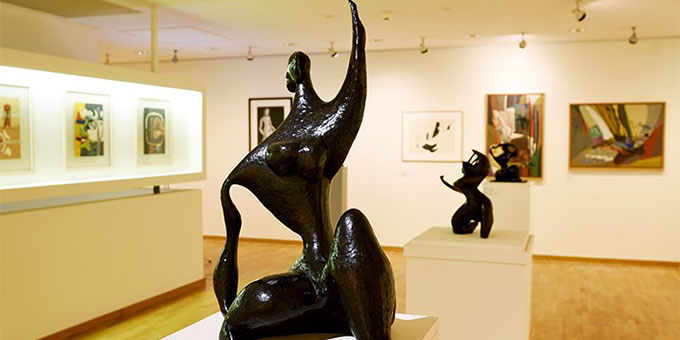
© Belfort Museum
Around the exhibition
Activities and workshops 4-6 years
Of all forms
The universe of forms is infinite, and infinite are the patterns that Pablo Picasso (1881-1973) represents or invents on his canvas. In the workshop, the children imagine a dazzling graphic game and discover all the things that we can create using the technique of drawing on metal to repel.
Monday October 21, 14:30 pm • free
Duration: 1 hour - by reservation on 03 84 54 56 40 or by email mediationmusees@mairie-belfort.fr
Picasso, funny bird
Legend has it that, from an early age, Pablo Picasso (1881-1973) finished the legs of the pigeons his father painted. From the dove to the grand duke, Picasso loves birds and puts them everywhere in his work. However, his favorite animals remain those that populate the Spanish arena: the horse and the bull without forgetting the Minotaur. In the workshop, the children have fun creating funny birds in volume.
Thursday October 24, 14:30 pm • free
Duration: 1 hour - by reservation on 03 84 54 56 40 or by email mediationmusees@mairie-belfort.fr
Activities and workshops 7-12 years
On the string
How to represent a face with a single stroke of a pencil? Pablo Picasso (1881-1973), affirms that in drawing there is nothing more important than the freshness of the first draft. He does not take it back so as not to spoil the spontaneity that gave birth to it. Children discover the diversity of the painter's engraved work and draw without ever lifting the pencil from their paper.
Friday October 25, 14:30 pm • free
Duration: 1h30 - by reservation on 03 84 54 56 40 or by email mediationmusees@mairie-belfort.fr
All public
Guided tours of the temporary exhibition
To celebrate the opening of the exhibition, come and take advantage of dedicated guided tours to discover the world of Pablo Picasso, engraving techniques and the history of the Maurice Jardot Donation.
Friday October 4 at 14 p.m., 15 p.m. and 16 p.m. and Saturday October 5 at 14 p.m. and 15 p.m. - free
Duration: 30 minutes, no reservation required
Totem Wonders
Totems designate in "primitive art" sculptures bringing together the different emblems that form the identity of a people or a traditional culture. The cubists admired their simplified forms, while the surrealists were fascinated by their magical powers. As part of the 20 years of the Jardot Donation, young and old are invited to imagine a collective totem, drawing inspiration from the portraits of women by Pablo Picasso (1881-1973).
November 23, 14:30 p.m. - free
Duration: 2 to 3 hours - by reservation: 03 84 54 56 40 or by email mediationmusees@mairie-belfort.fr
A specific workshop "Totem Wonders" is also planned for the School of the 2nd Chance, with the assistance of the artist Pascale Lhomme Rolot and with the financial support of EDF.
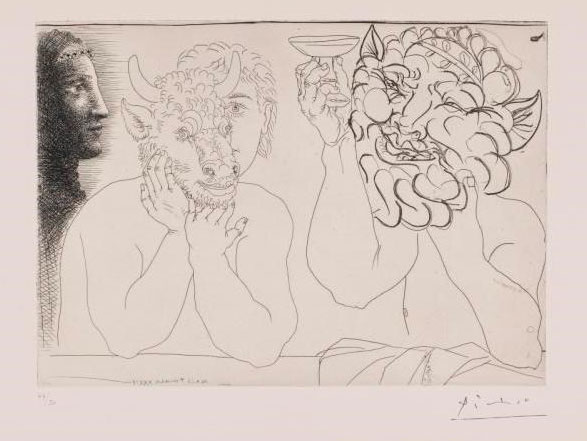
© Belfort Museum
20 years of the opening of the museum
On November 27, 1999, the Museum of Modern Art was inaugurated - Donation Maurice Jardot, in the presence of the generous donor To receive his private collection, Maurice Jardot's choice fell on the house of the poet Deubel whose scale corresponded to the character intimate collection.
At his request, the designers, Robert Rebutato, architect and Pernette Perriand-Barsac, interior designer, therefore sought to avoid what the notion of museum could have of emphatic, and to capture the attention of the visitor by making disappear the exterior views. However, to overcome the effect of confinement, the designers have proposed that one of the circulations be arranged in a projecting volume, consisting of translucent glass bricks, providing a milky light that recalls the presence of outdoor spaces. On numerous occasions, Charlotte Perriand was consulted to strike the best balance between the imperatives of the museum and the spirit of the collection. A long friendship linked Charlotte Perriand to Maurice Jardot. She had designed the interior architecture of her apartment as well as that of the Louise Leiris gallery.
Useful information
Exhibition "The remorse box, Picasso engraver"
From 4 October 2019 to 19 January 2020
Exhibition supported by LVMH
Exhibition curator: Marc Verdure, Chief Curator of Heritage, Director of Museums and the Citadel.
Publication: exhibition catalog, 48 pages, Silvana Editoriale edition. Available from October 2019.
Belfort Museum (s)Citadel
90000 BELFORT
03 84 54 25 51
E-mail : mediationmusees@mairie-belfort.fr
To know more : https://musees.belfort.fr/
Drawing Now Art Fair: Tatiana Wolska winner 2024
The invention of language by Gertrude Stein and Pablo Picasso
The history of French women's golf at Golf du Sorbier






